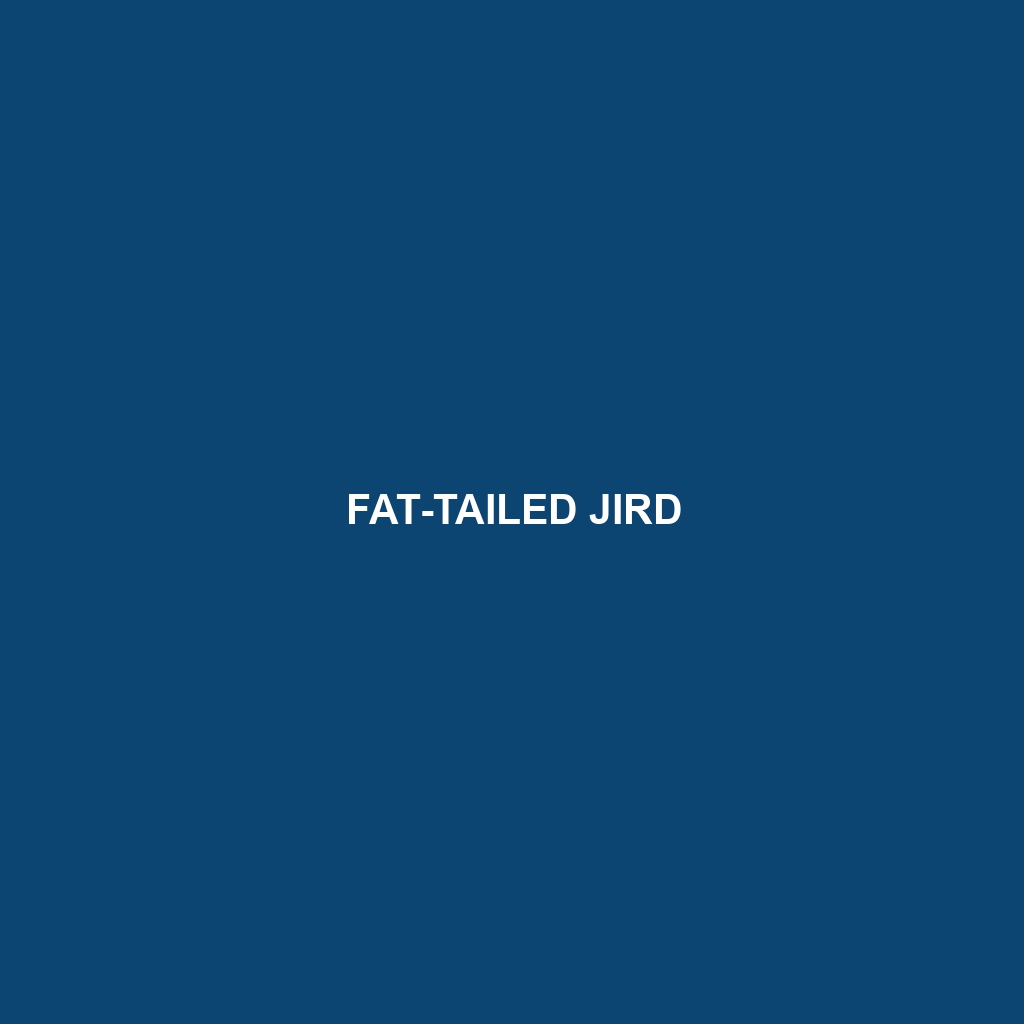Discover the fascinating world of the Bushy-tailed Jird, a remarkable small rodent native to the arid landscapes of Central Asia. This nocturnal creature is known for its striking bushy tail, complex burrowing habits, and social behavior, thriving on a diet primarily of seeds and grains. Learn about its vital role in desert ecosystems, unique adaptations, and the conservation challenges it faces in the wild.
Tag: Central Asia
King Jird
Discover the fascinating world of the King Jird, a medium-sized rodent native to the arid landscapes of Central Asia. Adapted to survive in harsh environments, these social creatures are skilled foragers that live in complex burrow systems. Learn about their unique habitat, diet, reproductive habits, and the critical conservation efforts needed to protect this vulnerable species.
Central Midday Jird
Discover the fascinating world of the Central Midday Jird, a resilient rodent thriving in Central Asia's arid landscapes. With its unique adaptations, playful social behavior, and crucial role in seed dispersal, this nocturnal herbivore not only survives extreme conditions but also contributes to the health of its ecosystem. Learn about its habitat, diet, and the challenges it faces in this insightful blog post.
Greater Short-tailed Gerbil
Discover the Greater Short-tailed Gerbil, a fascinating nocturnal inhabitant of Central Asia's arid landscapes. With its unique burrowing habits, herbivorous diet, and remarkable agility, this small mammal plays a crucial role in its ecosystem while showcasing remarkable adaptations to survive in harsh conditions. Learn more about its habitat, physical traits, and conservation status in our latest blog post!
Wagner’s Gerbil
Discover the fascinating world of Wagner's Gerbil, a medium-sized rodent thriving in the arid landscapes of Central Asia. With its unique burrowing behaviors, herbivorous diet, and role as an essential seed disperser, this species showcases remarkable adaptations to its environment. Learn about its physical characteristics, social structure, and potential conservation challenges in our comprehensive overview.
Wagner’s Gerbil
Discover the fascinating world of Wagner's Gerbil, a medium-sized rodent thriving in the arid landscapes of Central Asia. With its unique burrowing behaviors, herbivorous diet, and role as an essential seed disperser, this species showcases remarkable adaptations to its environment. Learn about its physical characteristics, social structure, and potential conservation challenges in our comprehensive overview.
Burton’s Gerbil
Discover the captivating world of Burton's Gerbil, a resilient species native to the arid landscapes of Asia. With their unique burrowing behavior, social tendencies, and role in their ecosystem, these small mammals are not only fascinating to study but also make popular pets. Learn about their habitat, diet, reproduction, and conservation status in this comprehensive species description.
Fat-tailed Jird
Discover the unique world of the Fat-tailed Jird (Meriones crassus), a remarkable rodent native to the arid landscapes of Central Asia. With its distinctive fat storage tail, nocturnal foraging habits, and intricate burrowing systems, this species plays a crucial role in its ecosystem. Learn about its adaptations for survival, breeding behaviors, and the conservation challenges it faces.
Przewalski’s Jird
Discover the fascinating world of Przewalski's Jird, a small rodent endemic to the arid landscapes of Central Asia. Known for its striking sandy brown fur and impressive survival skills, this vulnerable species plays a vital role in its ecosystem as both a seed disperser and a prey species. Join us as we explore its unique habitat, social behavior, and conservation efforts aimed at protecting this remarkable creature.
Fat-tailed Jird
Discover the unique world of the Fat-tailed Jird (Meriones crassus), a remarkable rodent native to the arid landscapes of Central Asia. With its distinctive fat storage tail, nocturnal foraging habits, and intricate burrowing systems, this species plays a crucial role in its ecosystem. Learn about its adaptations for survival, breeding behaviors, and the conservation challenges it faces.









